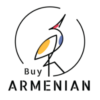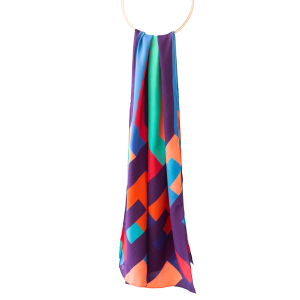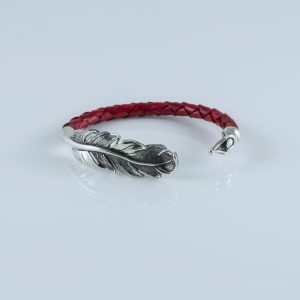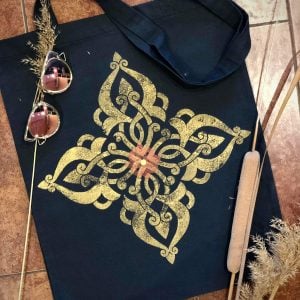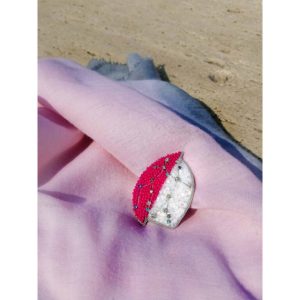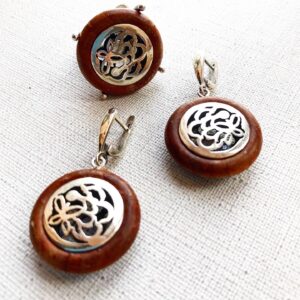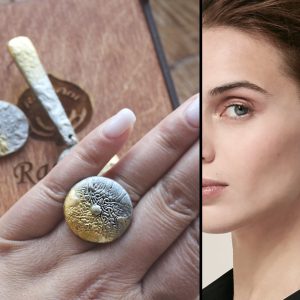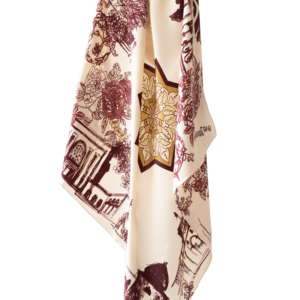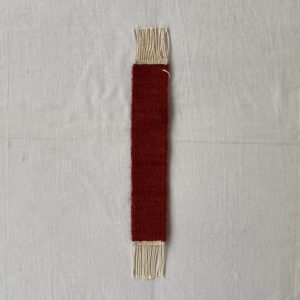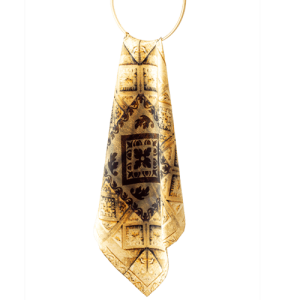-
-
“Feather” Women’s Sterling Silver Leather Cuff Bracelet
weight of the bracelet – 15 gram.
processing time: 5 days
Fits most wrist sizes 6 to 7 inches in length. Let us know if you would like to longer or shorter version of this bracelet.
$130.00 -
“Green Eye” Brooch
Beaded brooch Green Eye
$30.00 Buy 2 to get 5% discount ( Wholesale: $0.00 )“Green Eye” Brooch
$30.00 Buy 2 to get 5% discount ( Wholesale: $0.00 ) -
“Gemini” Brooch
It doesn’t take much to make a gemini happy, and it takes less to make them mad ♊?
Gift your favorite “gemini” her zodiac sign.Dimensions: 5.5x4x1.5cm
$38.00“Gemini” Brooch
$38.00 -
“Butterfly” Brooch
Брошь-бабочка ручной работы
Идеальное дополнение вашего образа. Сделано с любовью молодым армянским дизайнером.$30.00 Buy 5 to get 5% discount ( Wholesale: $20.00 )“Butterfly” Brooch
$30.00 Buy 5 to get 5% discount ( Wholesale: $20.00 ) -
“Apricot Flower” Silver Earrings
Silver collection 925 sterling, apricot wood.
Ring 15g
earring 14g
diameter 27 mmLength 4,5cm
Width-2,3cm
Height 8mm
adjustable
Processing time – 1 week
$95.00 -
Khachkar Design Earrings and Ring Set
Earring with ring (size is adjustable)
While creating this ornament, the author was inspired by the patterns of Armenian khachkars.
It is presented in new colors and brighter tones than the khachkars actually are. The author believes that khachkars have an inner light and he tried to convey that inner light to the audience.
The material is polymer clay, acrylic, potal․
preparation: 5-6 days$68.00 -
Sterling Silver Armenian Alphabet Pendant
Product Details:
- Weight of Pendant: 6.2 g
- Height of Pendant: 3.8 cm (1.5 in)
- Width of Pendant: 1.8 cm (0.7 in)
- Chain Length: 40 cm (sterling silver)
$35.00 -
“Yerevan Love” Scarf
Inspired by the city of Yerevan and the love each and every Armenian feels for the city.
The history of Yerevan dates back to the 8th century BCE, with the founding of the fortress of Erebuni in 782 BCE by King Argishti I at the western extreme of the Ararat plain. Erebuni was “designed as a great administrative and religious centre, a fully royal capital.” By the late ancient Armenian Kingdom, new capital cities were established and Yerevan declined in importance. Under Iranian and Russian rule, it was the center of the Erivan Khanate from 1736 to 1828 and the Erivan Governorate from 1850 to 1917, respectively. After World War I, Yerevan became the capital of the First Republic of Armenia as thousands of survivors of the Armenian genocide in the Ottoman Empire arrived in the area. The city expanded rapidly during the 20th century as Armenia became part of the Soviet Union. In a few decades, Yerevan was transformed from a provincial town within the Russian Empire to Armenia’s principal cultural, artistic, and industrial center, as well as becoming the seat of national government.
With the growth of the Armenian economy, Yerevan has undergone major transformation. Much construction has been done throughout the city since the early 2000s, and retail outlets such as restaurants, shops, and street cafés, which were rare during Soviet times, have multiplied. As of 2011, the population of Yerevan was 1,060,138, just over 35% of Armenia’s total population. According to the official estimate of 2016, the current population of the city is 1,073,700. Yerevan was named the 2012 World Book Capital by UNESCO.[28] Yerevan is an associate member of Eurocities.$110.00 -
Red Bookmark
Bookmark made from local wool, naturally dyed in a beautiful rich red, using Armenian madder. It can be used while reading your favourite books.
Dimensions: 22cm x 4cm
Processing time: 1 week
$6.00Red Bookmark
$6.00 -
“Garni” Silk Scarf
Available 2 sizes: 60 x 60 cm and 90 x 90 cm / 100% Silk
The Temple of Garni is the only standing Greco-Roman colonnaded building in Armenia and the former Soviet Union. Built in the Ionic order, it is located in the village of Garni, in central Armenia. It is the best-known structure and symbol of pre-Christian Armenia.
The structure was probably built by king Tiridates I in the first century AD as a temple to the sun god Mihr. After Armenia’s conversion to Christianity in the early fourth century, it was converted into a royal summer house of Khosrovidukht, the sister of Tiridates III. According to some scholars it was not a temple but a tomb and thus survived the destruction of pagan structures. It collapsed in a 1679 earthquake. Renewed interest in the 19th century led to excavations at the site in early and mid-20th century, and its eventual reconstruction between 1969 and 1975, using the anastylosis method. It is one of the main tourist attractions in Armenia and the central shrine of Hetanism
$47.00 – $79.90
